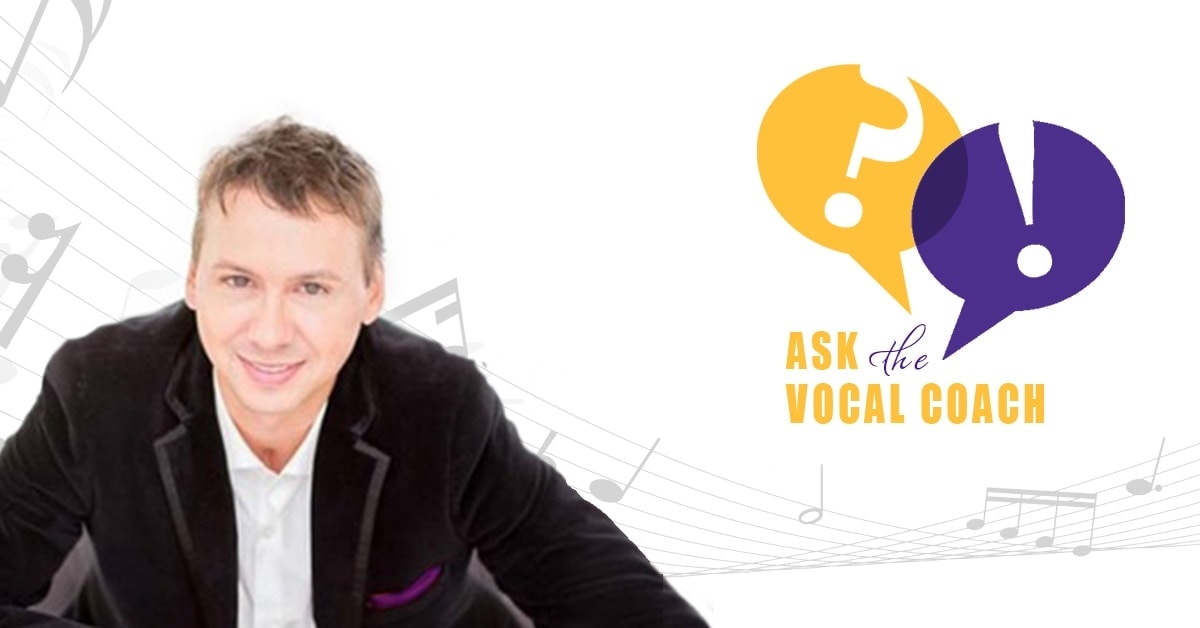What’s the Difference Between Head Voice and Falsetto?
Your Question
Hello. I have downloaded Vocal Coach Singer and I’m doing great, but I have a problem. I don’t know when I am using my head voice or falsetto, I confuse them. When I try to sing high notes I think I’m breaking into falsetto, or maybe I’m doing things right but can’t tell the difference. Can you give me some exercises to let me to know if I am using falsetto or head voice? Or simply to strengthen my head voice and being sure that I’m not breaking into falsetto? It would be great if you could give me some help. Thank you for all your hard work, it’s very useful!
Answer
The head voice and falsetto can sound very similar. In fact some people may say they are one in the same. They both use a ‘head’ tone where the sound is felt in the head and not the chest.
Falsetto is a thinner sound and is strictly in the ‘head’ and only uses the thin, leading edges of the vocal folds to vibrate. Head voice can be defined as a ‘mix’ of chest and head voice, which is generally a stronger sound than falsetto.
[perfectpullquote align=”right” cite=”” link=”” color=”” class=”” size=””]The audience shouldn’t be able to tell whether you are in head or chest voice[/perfectpullquote]
The key in all of this is to not be able to tell you are singing in any particular ‘voice’. You want to achieve a solid evenly flowing tone throughout your vocal range. One of the best exercises for this is the Lip Trill. It is a great exercise to flow through each part of your voice.
Another good exercise is to start on a higher note in falsetto and sing on an ‘ah’ a descending 5 note scale – going down by half steps. Keep the tone in falsetto as far down as you can. This will help you to bridge the gap between falsetto, head and chest voice. You also can do the same thing going up into falsetto. Sing an ascending 5 note scale in a soft chest voice and take it as high as you can into falsetto – all the while singing through the ‘break’ in the voice, ascend by half steps.
Working through the transition is key to having a ‘free’ and relaxed tone in all areas of your voice. It may not be fun sometimes to work through a difficult part of the voice. But hard work will pay off as you establish a voice that is smooth and able to sing through transitions effortlessly.




